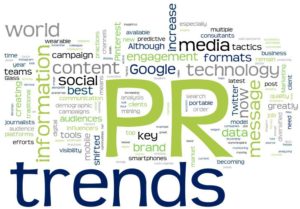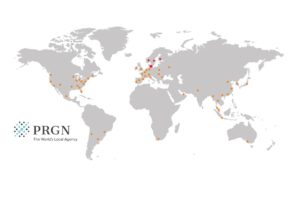
By Dominique Biquard, Founding Partner of IDENTIA PR
Social media is a very powerful tool for business. It is a platform for businesses to showcase their strengths and build a community of followers. Unfortunately, that same power can translate to major damage in the event of a crisis. Social media gives publicity issues the fuel to escalate to a full crisis in mere minutes. This type of crisis can cost millions and seriously damage the reputation of the company or institution.
Crisis communication is a very important piece of a PR plan. The best crisis management practices enable quick mitigation of crises, and general crisis prevention. To survive a PR crisis, it is crucial to come up with crisis prevention and a crisis communication plan during times of peace.
Road map and clear action plan
Crisis communication strategies should include escalation paths to cover all contingencies. In the event of a crisis, it is essential to count on an internal response flowchart and alert. The crisis flowchart must specify who should be contacted within your organization according to the different scenarios. Your social networks and the people who handle them must keep their contact information detailed and updated.
Most of the time, negative comments and feedback can be managed with normal PR efforts and social media management. With adequate training and planning, it is possible to mitigate reputation issues before they evolve into major issues. The key is to be very involved in your online presence and preparation to act fast.
A model of an escalation path in a crisis management plan could be as follows:
1. The Community Manager/Customer Support responds.
2. The Community Manager/Customer Support responds according to the crisis plan.
3. The head of the crisis committee is involved. If necessary, content is created and monitored.
4. The crisis committee responds, and the executive team is involved. Content is generated and monitored.
5. The executive team responds. Content is generated and monitored.
Eight steps to manage a social media crisis
1. Acknowledge
Don’t let them catch you by surprise. Your first response should always be “yes, we know something has happened” even if you have no answers on the issue yet.
2. Put out the fire
Using a pre-approved response, act first in the social network or platform where the crisis broke out. Pinpoint where it is escalating fastest, and search for the way to tone it down.
3. Apologize sincerely
The communication should feel sincere, in a simple ⎼not technical or legal⎼ language.
4. FAQ
Maintain a central location where the public may find all communications, information and content related to the crisis: acknowledgement of the crisis, details of the event, photos or videos, how the company found out what was happening, actions taken in response, contact information, etc.
5. Set up a place for complaints
Try to keep all complaints in one place that you can actively monitor (Facebook, Twitter, etc.). If the conversation unfolds in a place we control, it will be easier to monitor, moderate and analyze.
6. Know when to take it offline
Social media crisis management is not about winning, but damage control. Some people will be angry enough not to be convinced of anything we may say.
People often join the crisis simply because it is easy to do so from a keyboard. Offering a telephone number to answer complaints may subdue some voices. We must be sure that the customer support staff has all the crisis information and guidelines.
7. Prepare the spokespersons and employees
It is imperative that ALL employees be informed about the crisis. Whether by email, text message, intranet or meetings, you must keep your employees at least as knowledgeable as the public. They are all potential spokespersons.
8. Take advantage of the calm after the storm
Analyze what happened: How did it happen? Could it have been anticipated or avoided? How did we respond? What should we change? Analyze all the situations and the public reactions.
It is rightly said that everything related to social media is chaotic, complex, difficult to handle and control. The conversation flows with or without our participation. But it also grants us the opportunity to give our opinion in real time, without depending on third parties willing to publish our version. If we employ proper planning and prevention measures in our crisis communication plans, the storm will calm down, and we will be able to put it under control faster and at a lower cost.
IDENTIA PR is our partner agency in Buenos Aires, Argentina. Article originally published at PRGN.com









